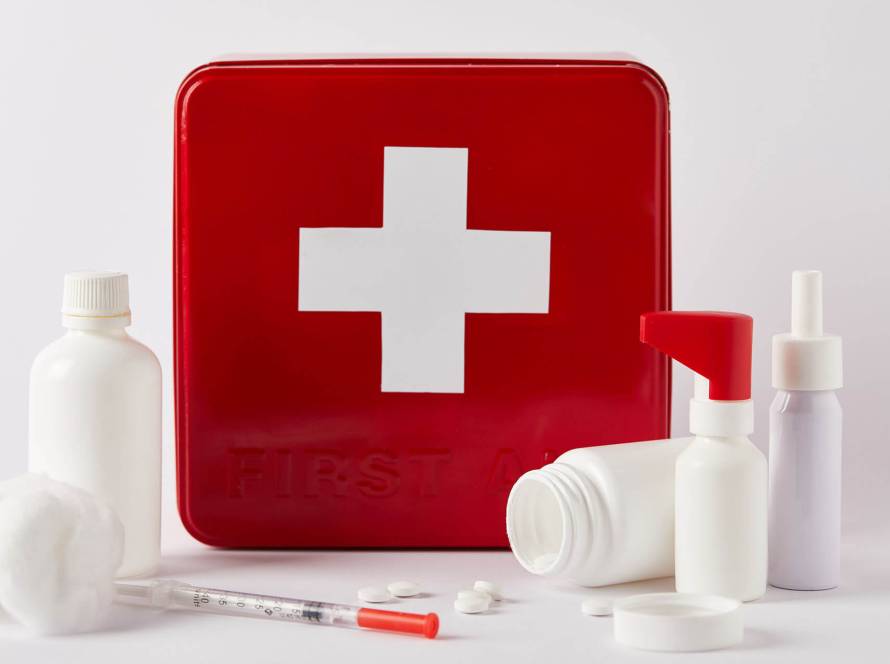Our skin, the body’s largest organ, serves as a remarkable indicator of our overall health. Its condition and appearance can offer valuable insights into our well-being, often providing early signs of underlying health issues. Understanding these cues can be instrumental in seeking timely medical attention and ensuring optimal health.
One prominent sign that the skin can reveal is jaundice, characterized by a yellowing of the skin and eyes. This yellow hue arises from an excess of bilirubin, a yellow pigment produced during the natural breakdown of red blood cells. Elevated levels of bilirubin can indicate potential issues with the liver, such as hepatitis, cirrhosis, or other liver conditions. Recognizing jaundice in its early stages allows for prompt medical intervention and treatment.
Additionally, the skin can signal potential cardiovascular or respiratory problems through its coloration. Unusually pale or ashen skin may suggest a lack of oxygen in the blood, a condition known as hypoxemia. This can be indicative of various cardiovascular or respiratory conditions, including anemia, heart failure, or lung disorders. Monitoring changes in skin color can prompt individuals to seek medical assessment and address underlying health concerns.
Inflammation and redness are common indicators of skin conditions such as eczema, psoriasis, or dermatitis. However, in some cases, persistent redness can also be a sign of an autoimmune disorder, where the body’s immune system mistakenly attacks its own tissues. Early recognition of these skin changes can lead to timely diagnosis and appropriate treatment, ultimately improving the quality of life for affected individuals.
Changes in moles or freckles should not be overlooked. Any alteration in the size, shape, color, or border of these skin features can be a red flag for skin cancer, particularly melanoma. Regular self-examinations and professional dermatological assessments are crucial in identifying potentially cancerous moles and seeking prompt medical attention if needed. Early detection significantly increases the chances of successful treatment and recovery.
Dry and itchy skin can be attributed to various factors, including environmental conditions, allergies, or underlying health issues. It may also be a symptom of systemic conditions such as thyroid disorders. Recognizing these skin changes and investigating their underlying causes is essential for both comfort and overall health.
Excessive or unexplained bruising, along with easy bleeding, can be indicative of potential issues with blood clotting or platelet function. Conditions such as thrombocytopenia or coagulation disorders may manifest through these skin signs. Seeking medical evaluation and appropriate management is crucial in maintaining proper blood clotting function.
Beyond the surface of the skin, nails can also provide important health-related clues. Yellowing and thickening of the nails may suggest fungal infections. In some cases, this may be associated with respiratory conditions like chronic obstructive pulmonary disease (COPD). Identifying these nail changes can prompt individuals to seek appropriate treatment and address potential underlying health concerns.
It’s important to pay attention to sudden changes in the skin’s appearance or the development of skin conditions. Rapid-onset rashes accompanied by flu-like symptoms may indicate a viral or bacterial infection that requires medical attention. Similarly, dark patches or lines beneath the nails should not be ignored, as they may be a sign of a serious condition, such as melanoma.
In conclusion, our skin serves as a powerful indicator of our overall health. Recognizing the subtle signals it provides can be instrumental in early detection and intervention for various health conditions. Regular self-examinations, along with professional medical assessments, are essential in maintaining optimal health and well-being. Remember, while the skin can offer valuable insights, it’s important to consult with a healthcare professional for accurate diagnosis and appropriate treatment.



